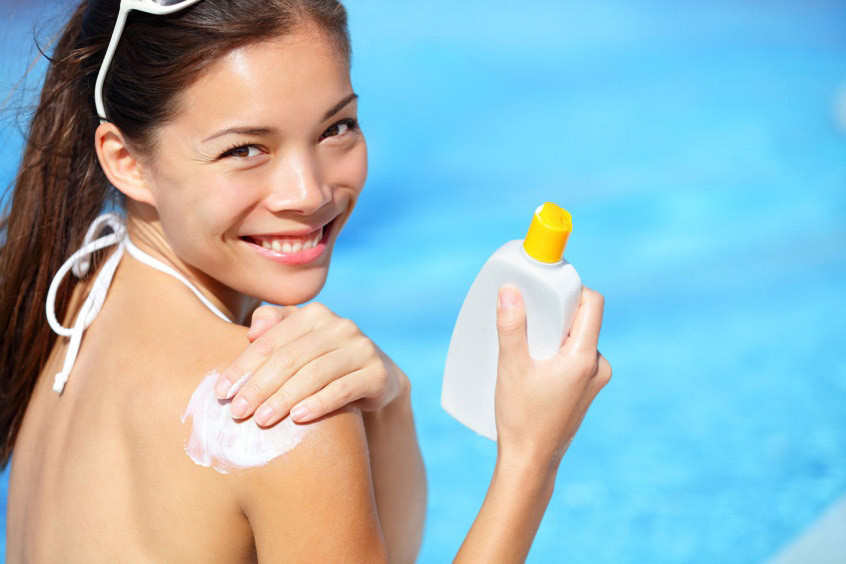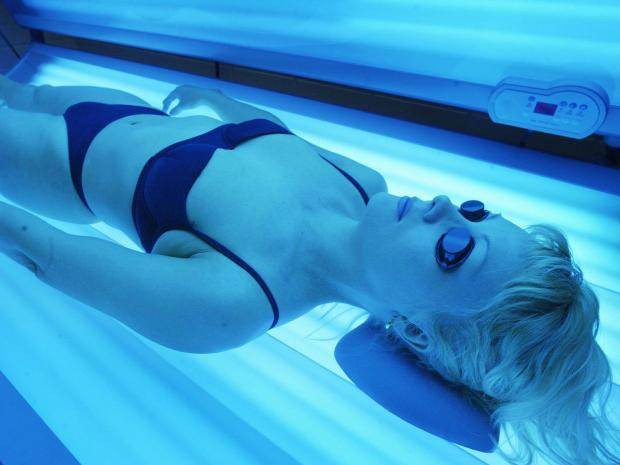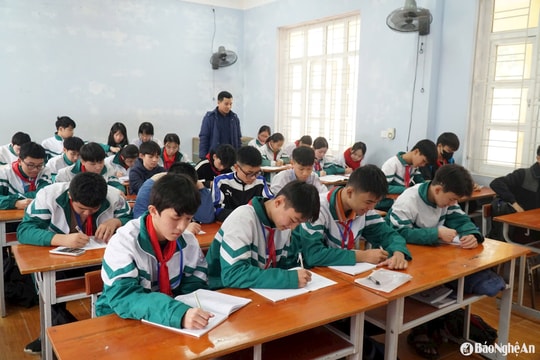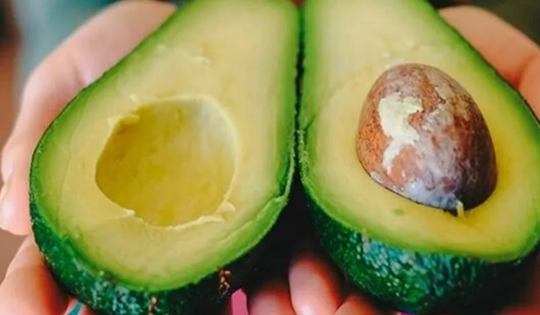5 harmful misconceptions about sunlight and sunscreen
Exposure to ultraviolet rays is one of the biggest risk factors for skin cancer. However, in reality, many people have a wrong understanding of these risks and are mistaken about the protective measures they are taking.
1. Chemicals in sunscreen cause cancer
The American Academy of Dermatology has clarified that sunscreen is safe and protects the skin from the harmful effects of ultraviolet radiation. Oxybenzone is one of the sunscreen ingredients that many people fear may be linked to cancer. However, sunscreens containing this FDA-approved ingredient have not been shown to cause cancer and are recommended for both adults and children over 6 months of age.

2. Danger from UV rays only occurs on hot, sunny days.
This is simply not true because UV damage is not dependent on temperature or weather conditions. Therefore, it is not only dangerous on hot, sunny days, but can also occur on cool, cloudy days when UV rays can penetrate.
If you have access to the UV index on the internet or a weather forecast, be aware that any index above 3 requires the use of sunscreen to protect your skin.
3. Dark-skinned people are naturally protected from the sun.
Melanin is the natural pigment that gives skin its color, and it is produced in greater amounts in darker-skinned people. Pigments provide some level of protection, but dark skin does not offer any extra protection against sun damage and skin cancer, says Maritza Perez, MD, associate professor of clinical dermatology at Columbia University in New York City.
Dr. Perez added that this thinking is dangerous because it leaves people with darker skin less protected from the sun, leaving their skin vulnerable. This explains why skin cancer is more common in people with lighter skin but tends to be more dangerous in people with darker skin.
4. Tanning beds are safer than natural sunlight
Tanning beds are often used by women to tan their skin and many people believe that when using this type of bed, they are not exposed to UV rays like when exposed to sunlight.
However, whether you get sunlight or from artificial sources like tanning beds, the risk of skin cancer is the same, says Dr. Linda Robb-Nicholson of Boston, USA. There are three types of UV rays: UVA, UVB and UVC. While UVC rays are absorbed by the ozone layer and cannot reach us, UVA and UVB rays penetrate the layers of the atmosphere and cause problems from premature aging to eye damage and skin cancer.
Dr. Robb-Nicholson explains that UVA radiation is three times higher inside a tanning bed than UVA in natural sunlight.

5. Glass windows are sufficient to protect from the sun
Glass windows can filter out UVB rays, but they still do not protect against UVA rays. Therefore, people who spend a lot of time in their cars may want to consider tinting their windows to reduce their risk of sun damage. This can reduce UVA rays by up to four times compared to regular glass. But this is only a supplement and not a substitute for sunscreen.



